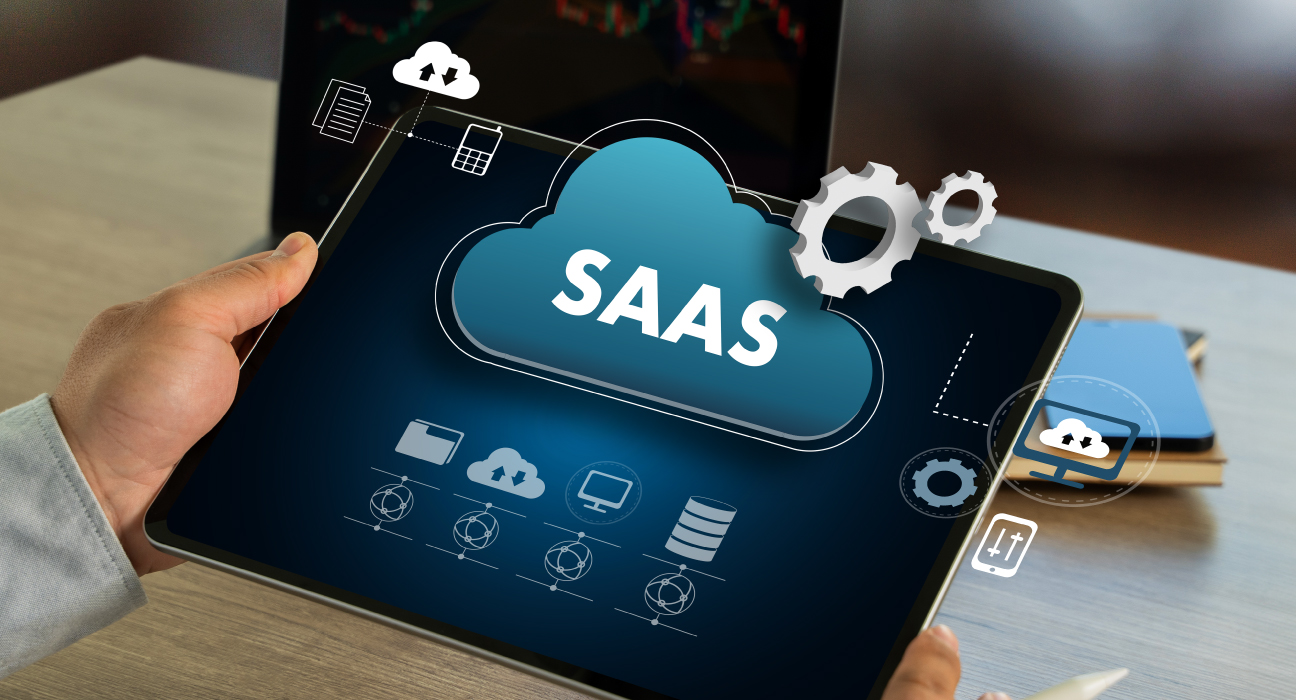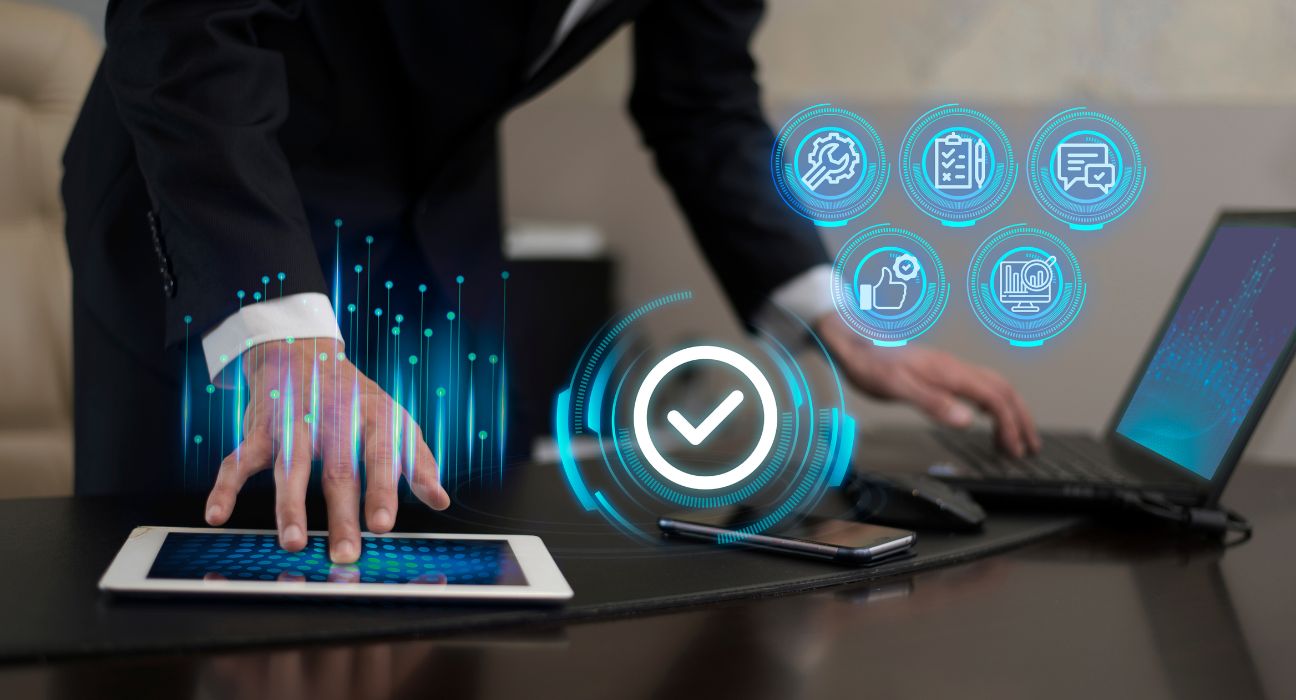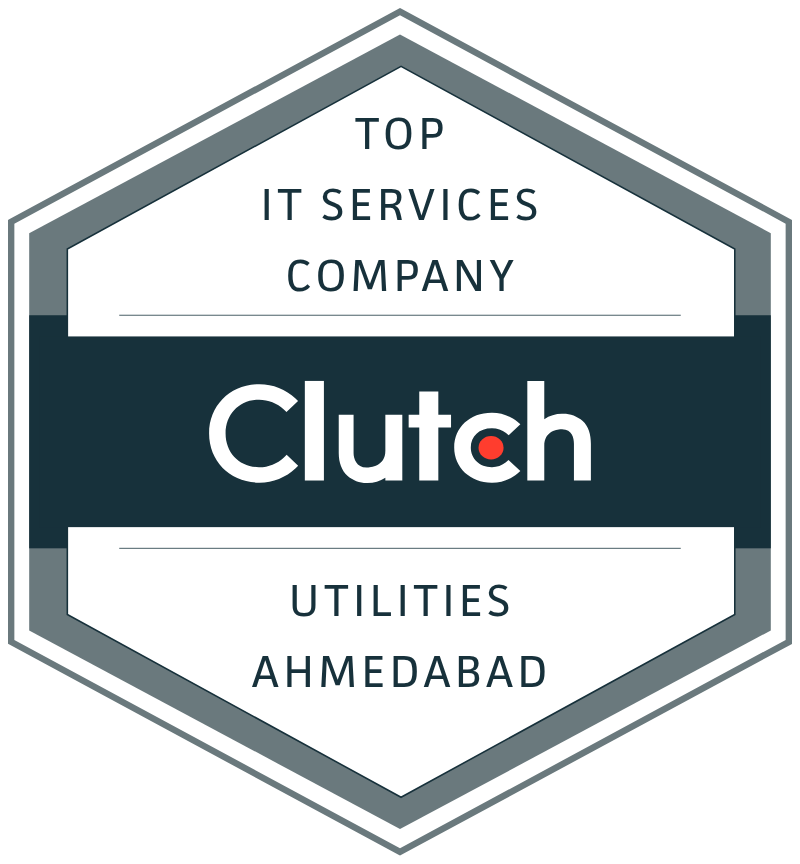SaaS Security Best Practices: Essential Steps for 2025

- Deval Patel

- Sep 19, 2025
The Software-as-a-Service (SaaS) market has experienced more than exponential growth in the last ten years, becoming the core of digital operations of businesses of any size. By 2025, organizations will be increasingly using SaaS based applications to manage all aspects, such as customer relationship management (CRM) and enterprise resource planning (ERP), among others, as well as collaboration tools. Although such changes present impressive scalability, cost-efficiency, and flexibility, a complicated system of security threats also accompanies them.
When SaaS security is poor, the impact of such a decision can be devastating, including data breaches, regulatory fines, reputation, and loss of money. Hacking is increasingly complex, and with the rise of more personal data being transferred to the cloud, securing the system now represents a priority. Organisations that neglect to embrace effective security protocols have a chance of losing not only their information but also their clientele. This is what makes a properly developed SaaS security strategy no longer a choice of success but a necessity to survive in the threat environment of 2025.
What is SaaS Security?
SaaS security is described as a set of techniques, strategies, and technologies that are aimed at safeguarding data, applications, and users in a Software-as-a-Service setup. SaaS follows a shared responsibility model as compared to traditional on-premise security, where an organization has ultimate control over the infrastructure, networks, and endpoints. This implies that the SaaS provider would take care of the infrastructure and application-level security, and a customer should take care of the access, data usage, and compliance issues.
Although SaaS security is similar to the general cloud security, there are special considerations. As an example, cloud security in a broader context deals with both infrastructure-as-a-service (IaaS) and platform-as-a-service (PaaS), which are related to the protection of virtual servers, containers, and development platforms. When it comes to SaaS security, it is concerned with securing fully controlled third-party applications. It is more focused on access management of users, security of data, security of APIs, and compliance with legal and industry requirements.
The main points that SaaS security deals with are:
- Data protection: It provides protection against unauthorized access, loss, or corruption of sensitive data.
- Identity and access management (IAM): Making sure that only users who are authorized can access SaaS resources.
- Regulatory compliance: Adherence to such frameworks as GDPR, HIPAA, SOC 2, or ISO 27001.
- Application security: Eliminating weaknesses in SaaS applications, APIs, and integrations.
- Monitoring and incident response: The detection, response, and recovery of security incidents in a fast manner.
Briefly, SaaS security refers to developing a robust ecosystem whereby the users of cloud-based services can access the services in a secure and safe manner.
The Trends in Top SaaS Security Challenges in 2025
With the skyrocketing rate of SaaS adoption, cybercriminals are discovering other aspects to exploit its vulnerabilities. In 2025, organizations should be aware of the most acute security issues on SaaS platforms.
Takeovers of Accounts and Weak Credentials.
Intruded or compromised credentials are still one of the largest attack vectors of SaaS applications. Phishing, credential stuffing, and brute-force attacks are the attacks used by cybercriminals in order to access accounts. Once within it, they are able to steal sensitive data, modify settings or escalate privileges. As reported by the latest security news, close to 80 percent of SaaS attacks are affiliated with stolen credentials. Remote work and BYOD (bring your own device) policies exacerbate this risk because they are used on a large scale.
Incorrectly configured Access Controls.
The other significant threat is misconfigurations. A lot of the organizations do not properly manage user permissions and keep sensitive data too accessible. Confidential information can be revealed through publicly communicated links, overly generous administration privileges, and the lack of definition of role-based access. One misconfiguration may lead to unintentional leaks of data, and, therefore, this is an essential area to control.
Insider Threats
Lingering access by employees, contractors, or former staff members can be a security risk to the company. Insider threats can be deliberate, such as stealing data, or accidental, such as clicking on malicious links. Since insiders already have legitimate access, they are hard to detect with their malicious behavior. Research indicates that insider events have become almost a quarter of the SaaS-related breaches.
Information Breaches and API Weaknesses.
SaaS-based systems are usually dependent on APIs to be integrated and share information. Nevertheless, APIs are gateways that may lead attackers to crack vulnerable systems when poorly secured. Breaches may happen because of inadequate encryption, compromised authentication, or may be rate-limited. Also, data sharing or third-party integration can give confidential information to the wrong users unintentionally.
Regulation Issues.
Businesses are becoming more complex with regulatory compliance as they conduct their business all around the world. Data privacy maintenance demands are high in laws such as GDPR in the EU, HIPAA in the US, and the DPDP Act in India. The compliance is the responsibility of SaaS vendors, yet it is up to the organizations to process data in such applications. Failure to comply may lead to hefty fines and legal consequences, and therefore, companies need to constantly evaluate their compliance position.
Concisely, the scenario of SaaS security in the year 2025 is changing at a fast rate- threats are more advanced and they occur more often. Companies should not respond to these risks but take the initiative.
7 SaaS Security Practices that Should be Followed
Though the obstacles are numerous, the organizations can develop their robust defense by adopting the best-in-class SaaS security practices. The 2025 secure SaaS environment is based on the seven steps as follows.
Effective Identity and Access Management(IAM).
SaaS security is based on strong IAM. It also makes sure that unauthorized people cannot access certain resources and that only the authorized people are allowed to access them.
Best practices:
- Implement multi-factor authentication (MFA) for users. MFA minimizes account takeover chances by a large margin even in instances where credential is stolen.
- Single sign-on (SSO) will be used to facilitate easy access and eliminate password prostration.
- Role-based access control (RBAC) should be implemented so that users are granted only the permissions required to do their job.
- Periodically check and deny access to non-active or retired employees.
By limiting unnecessary access, companies can reduce their attack space and avoid privilege abuse.
Frequent Security Audits and Surveillance.
Monitoring and frequent auditing can be used to identify suspicious activity and weak spots before it is used by attackers.
Best practices:
- Investigate regular security tests and penetration tests on every SaaS platform.
- Visibility into the data usage and configurations can be achieved through the use of cloud access security brokers (CASBs) or SaaS security posture management (SSPM) tools.
- Allow real-time security alerts in unusual places of logins, excessive downloading activities, or privileged upgrades.
- Keep elaborate audit records and place them in a secure place where they can be accessed by a forensic investigator.
Such a preventive measure allows detecting the threat early and responding quickly to it, reducing the harm of possible attacks.
Encryption of Data on Rest and Transit
In the event of interception and access by unauthorized parties, the data will not be readable since it is encrypted.
Best practices:
- Ensure that every vendor of SaaS is offering AES-256 data encryption at rest and TLS/SSL data encryption over transit.
- Introduce end-to-end encryption (E2EE) to particularly confidential information such as financial or health records.
- Encrypt your keys on a secure key management service, and do not necessarily use the SaaS provider.
Encryption is a powerful means of defense since sensitive data is altered to an unreadable format by the attackers.
Secure API Management
The SaaS connectivity relies on APIs, which, however, may become an entry point to cyberattacks in case they are not secured.
Best practices:
- API gateways should be used to monitor and restrict API traffic.
- Implement authentication and authorization protocols such as OAuth 2.0 or OpenID Connect.
- Install rate limiting and throttling in place of denial-of-service attacks.
- Scans for API vulnerabilities and code reviews regularly to fix security vulnerabilities.
Organizations can ensure that integrations are done safely without jeopardizing data security by securing APIs.
Training and phishing awareness of the employees.
Human error is still one of the major causes of security incidents. The most formidable technical controls will be useless in the event that the employees succumb to phishing or social engineering attacks.
Best practices:
- Conduct frequent cybersecurity training sessions that can be used to inform employees on the security risks in SaaS.
- Pseudo phishing campaigns should be used to test and enhance staff awareness.
- Get explicit security policies regarding passwords that are used, the security of the devices, and what to do in case of suspicious activity.
- Encourage a spirit of collective accountability, whereby all employees have knowledge of their part in security.
A knowledgeable workforce can serve as the initial line of defense, stopping breaches prior to their happening.
Incident Response Planning
Despite the high security level, a breach may still occur. An incident response (IR) plan will guarantee a prompt response to limit the damage and recover within a very short time.
Best practices:
- Establish an official incident response plan with roles, responsibilities, and an escalation process.
- Build an incident response team (IRT) and run tabletop exercises on a regular basis.
- Institutionalize communication channels that would immediately inform the stakeholders, regulators, and customers in case of a breach.
- Conduct post-incident analysis to establish root causes and eliminate repetition.
The proper preparedness of an IR plan can be what gets a small-scale disturbance turned into a big disaster.
Adherence to Industry Regulations.
Adherence to legal and industry compliance requirements is not just a way to prevent sanctions but also creates customer confidence.
Best practices:
- Know what laws are relevant to your business (GDPR, HIPAA, SOC 2, ISO 27001, DPDP Act, and so on).
- Select vendors of SaaS that offer compliance certifications and clear audit reports.
- Retain data and have detailed data handling policies and data retention schedules.
- Manage compliance with automated compliance reporting tools
The issue of compliance is not a one-time box, but it is a continuous process.
Conclusion
Security should be given high priority as organizations move faster towards adopting SaaS solutions in 2025. The cost of not taking the issue of SaaS security seriously, such as loss of data, legal penalties, etc., can be catastrophic. Knowing the distinct issues of SaaS settings and adopting the seven best practices listed above, firms can achieve a strong security posture that will safeguard their information, consumers, and reputation.
Simply put, proactive SaaS security is not a cost; it is an investment. It ensures a continuity of business, regulatory compliance, and trust in a competitive digital environment.
In case your organization is willing to boost its SaaS security structure, Ouranos Technologies would be capable of evaluating your current position, finding vulnerabilities, and creating a security strategy that fits your organization. Be safe, be ahead of the pack. SaaS protection is no longer a choice in 2025; SaaS protection is essential.

Latest Articles
Browse All Articles
- Other
- Nov 12, 2025
AI in Automotive Industry: Benefits, Use Cases & What's Next
Discover how AI is transforming the automotive industry, from smarter manufacturing and predictive maintenance to autonomous driving and connected vehicles.

- Other
- Nov 11, 2025
How AI is Reshaping ERP: Challenges, Opportunities, and Key Trends
Discover how AI is changing ERP, from smarter automation to predictive insights and business efficiency.



